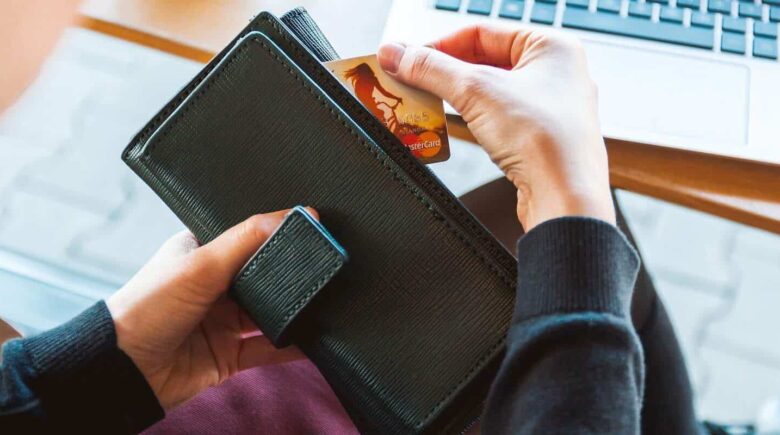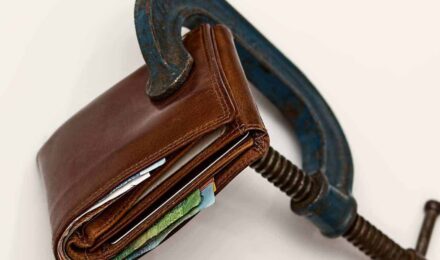If, like most of us, you overspent during the holidays and are now facing a holiday credit card debt hangover, you’re not alone. Some 25% of Americans say it will take them six months or more to pay off their post-holiday debt, according a poll of 1,000 U.S. adults released by Varo Money, a mobile banking start-up. (more…)
If you’re struggling to work out a way to pay off your holiday credit card debt, use these strategies to get your balances to zero in no time:
1. Create a debt payoff game plan
“The key is to have a financial game plan on how much you can pay off within the shortest amount of time to avoid racking up interest and making your debt costlier,” says Laura Adams, financial expert and host of Money Girl Podcast.
Adams says some payoff strategies have proven more successful than others, but counsels that the psychology behind each strategy is tied to what motivates a person. Are you the type of person who wants to pay down your debt in the absolute fastest time possible and save the most amount of money, or will small wins along the way keep you motivated?
Your payoff behavior depends on how you feel and think.
2. Use debt payoff tactics
Two tactics that many financial experts often recommend involve either efficiency or empowerment to stay on a debt-free track: the debt avalanche method and the debt snowball method.
The debt avalanche method
If saving money is the only motivation you need, think about putting most of your money towards your highest interest rate card. The debt avalanche tactic can get you out of debt faster since you’ll stop accumulating interest on high-interest debts much more quickly.
While Adams agrees that this is the more economical method in paying off debt, she cautions that you’ll need major willpower, because you may not feel an initial win like you would with the debt snowball.
The debt snowball method
A study by the Journal of Marketing Research reports that paying off your smallest debts first can help you gain the motivation to tackle larger debt. The debt snowball tactic helps you build confidence by prioritizing “easy” debts first.
It’s called the snowball strategy because the amount of money going to each card gets larger — like a snowball rolling down a hill — while your debt gets smaller.
3. Think of it as debt snowflaking
Whichever method you find more feasible (the debt avalanche or debt snowball), finding extra money to pay off your debt helps with either tactic. Adams suggests finding ways to save more money by shopping for better rates on insurance, cell phone plans and even cancelling some non-essential items like a gym membership and eating out.
“Making small sacrifices now will pay off later. While each of these might be too small to have much effect by itself, they can add up to over time just like snowflakes,” says Adams.
Key takeaways to help you plan your strategy
Still not sure which strategy is best for you? Here’s a list of key takeaways and tips to help you decide:
- Crunch the numbers: Do the math to help you make a decision. Knowing exactly how much you could save can influence your choice. Use an online calculator that compares avalanche and snowball methods to determine how long it will take to get out of debt and how much interest you will pay over time.
- Use Logic: Depending on your interest rates and balance, the avalanche method may be the better choice. If, however, you find it difficult to pay off debt, or won’t save a significant chunk of money, the debt snowball could be your better option. You know yourself best, so don’t necessarily go off the math — use your gut to help you decide.
- Regulate your motivation: If you picked one strategy over the other but find that your motivation is waning, you might want to switch tactics or incorporate a balance transfer into the mix to help accelerate your payoff.
- Sticking to your strategy: Discipline can be difficult, so keep going over your goals to help you with your overall goal of paying off your debt. Remember, you don’t have to pick one strategy over the other. You can combine the two or come up with your own method to pay off debt.
Keep in mind that getting out of credit card debt involves more than choosing a payoff strategy. It includes budgeting, lifestyle changes and amplifying your savings to stay out of the debt cycle.






